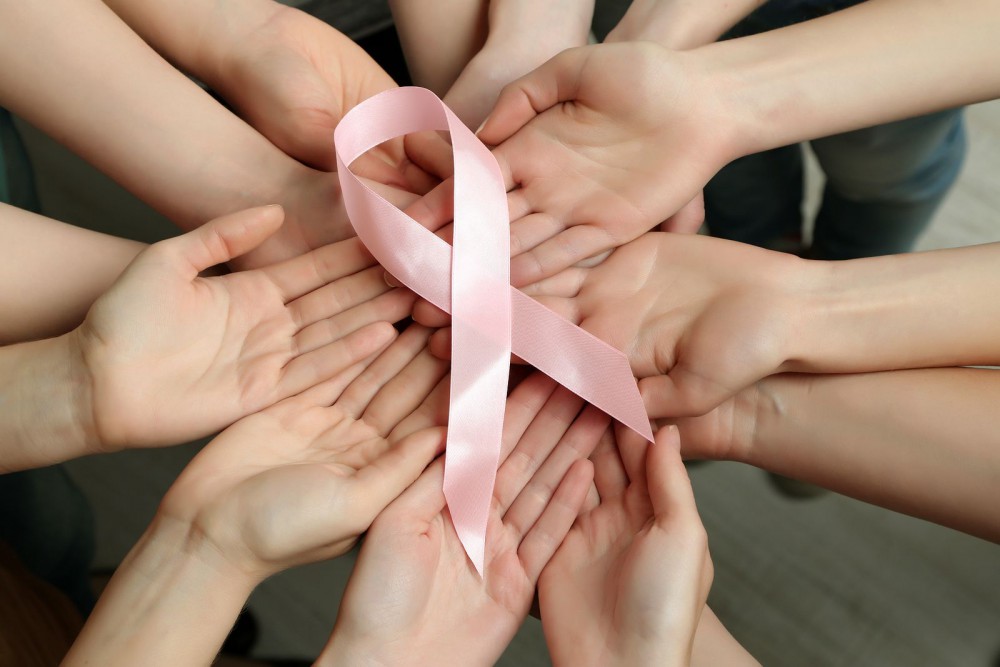
The search of a cure for cancer spans two millennia and has confounded some of the world’s great medical minds. However, the quest for a cure has yielded surgical realizations, advances in pharmacologically and an incredible amount of medical discovery that has helped change the course of human history.
Despite all those years of searching, experimenting and finding new ways to more effectively address the disease, various cancers kill approximately eight million people around the world each year, according to World Cancer Day.
October is dedicated to breast cancer awareness as roughly 1-in-8 American women develop invasive breast cancer in their lifetime. According to breastcancer.org, more than 40,000 women in the United States are expected to die of the disease in 2015.
But that number is steadily decreasing and as science continues to pursue an absolute cure, advances are being made to help make breast cancer easier to treat and much less painful to live with than in the past.
The Beginning of Cancer Treatment
Ancient doctors and surgeons had no answer for cancer. They knew it was wise to remove the cancer, but couldn’t figure out how the disease would ultimately persist and return. The second century Greek doctor Galen formed much of the early views and protocol for cancer treatment in the coming centuries, a view that saw the disease as incurable.
Over the centuries, medicine progressed, but cancer treatment did not. Naturally, fear of the disease grew much faster than the development of treatment. That same fear continues today, as many patients consider cancer incurable and do not seek medical treatment until it is far too late for effective treatment.
Galen wrote of surgical treatments for breast cancer that he considered cures as long as the tumor was caught early and removed entirely. But surgery in Galen’s day looked more like butchery to the untrained eye, with incredible amounts of blood loss and other complications.
The Radical Mastectomy
In the late 19th century, a revolution in medical, and in particular, surgical advancement began, in no small part due to the work of William Stewart Halsted. Considered the father of modern surgery, Halsted introduced the radical mastectomy in 1882, a revolutionary procedure in the treatment of breast cancer that included the removal of all breast tissue, the lymph nodes in the armpit and pectoral muscles.
The procedure was typically very difficult on the patient, often resulting in disfigurement, reduced arm function and debilitating swelling in the remaining lymph nodes. But despite this, the procedure was widely used for much of the next century as the go-to treatment for breast cancer.
Halsted’s approach to the surgery made sense in his time due to the fact that stage classifications of cancer were not yet developed. He recognized that this was needed, but did not compromise the procedure saying that, “disability is a matter of little importance compared with the life of the patient.”
You Might Also Enjoy: Why We Walk: Chris Estell – Breast Cancer Survivor Q&A
Halsted was also a key figure in the teaching of surgical procedure and by the time of his death in 1922, several classes of young doctors who revered him had been taught the radical mastectomy procedure by Halsted himself.
Reverence for their teacher and reluctance to pursue paths for treatment somewhat stifled further advances in breast cancer treatment, but by the 1940s, evidence began to pile up suggesting that less invasive surgeries yielded survival rates that were comparable with the radical mastectomy.
Over the next few decades, exploratory surgeries that required the doctor to open the patient’s abdomen or chest to test tissue from the surrounding areas became commonplace as doctor’s began developing ways to kill cancer cells which had spread throughout the body.
The 1970s were also an important decade for the development of breast cancer treatments. Major advancements in imaging tests (ultrasounds, MRI, CT and PET scans), which could be used to enhance the doctor’s ability to perform a biopsy and determine the extent to which a cancer had spread, further fine-tuned treatment procedures.
The decade also saw the emergence of clinical trials that showed less drastic procedures to be equally effective for the majority of breast cancer patients. Surgeries became more concerned with conserving the breast to whatever extent possible. Women today are generally more likely to receive a lumpectomy (removal of just the tumor and some surrounding tissue) and follow with radiation therapy if necessary.
Today, mastectomies still have their place in the treatment of breast cancer, but the psychological and physical scars that accompany it have been greatly reduced. Reconstructive breast surgery is often used to help ease cosmetic woes experienced by mastectomy patients.
Modern Breast Cancer Treatments
The depth of cancer treatment in 2015 is far beyond anything that was done earlier in this century. Gene testing and hormone therapy are now saving some women from the discomfort of chemotherapy and radiation. Some treatments involve surgery and radiation, and others incorporate the use of new pharmaceuticals with less severe side effects than chemotherapy drugs.
What we have today is a far cry from the days of the radical mastectomy, but if not for Halsted and the advances in surgery, today’s treatment processes may not have been possible. What treatments will look like 100 years from now, no one can know, but if they make today’s therapies look as harsh and unforgiving as Halsted’s mastectomy, science will have helped make breast cancer as easy to detect, treat and cure as an ear infection.









